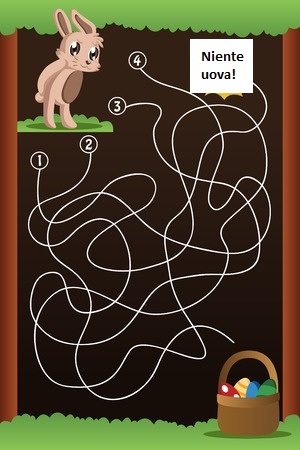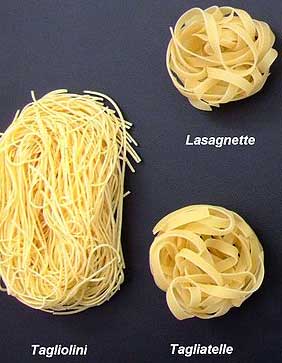
In questa attività rivediamo le preposizioni articolate (preposizioni semplici combinate con l’articolo determinativo). Ma perché gli italiani usano gli articoli?
Perché gli italiani amano gli articoli.
Gli italiani non vanno semplicemente fuori a mangiare ”pizza”. Vanno fuori a mangiare ”LA pizza”. È sempre ”pizza” ma l’articolo include tutto ciò che la pizza rappresenta: i pomodori maturi cresciuti sotto il sole caldo, il contadino che ha piantato e raccolto il grano, il pizzaiolo che prepara l’impasto e lo cuoce nel forno a legna…
Tu ami gli articoli? O ami solo la pizza?
In this activity we review prepositions combined with definite articles. But why do Italians need to use articles? Because Italians love articles.
Italians do not just go out and eat ‘pizza’. They go out and eat ‘LA pizza’ (THE pizza). It is still ‘pizza’ but the article includes everything that pizza represents: the ripe tomatoes grown under the warm sun, the farmer who planted and harvested the wheat, ‘il pizzaiolo’, the man who actually prepares the dough and then cooks it in the wood oven…
Do you love articles? Or do you just love pizza?
To practice Italian this week we invite you to read and test…
PRACTICE HERE: Italian/English Version









